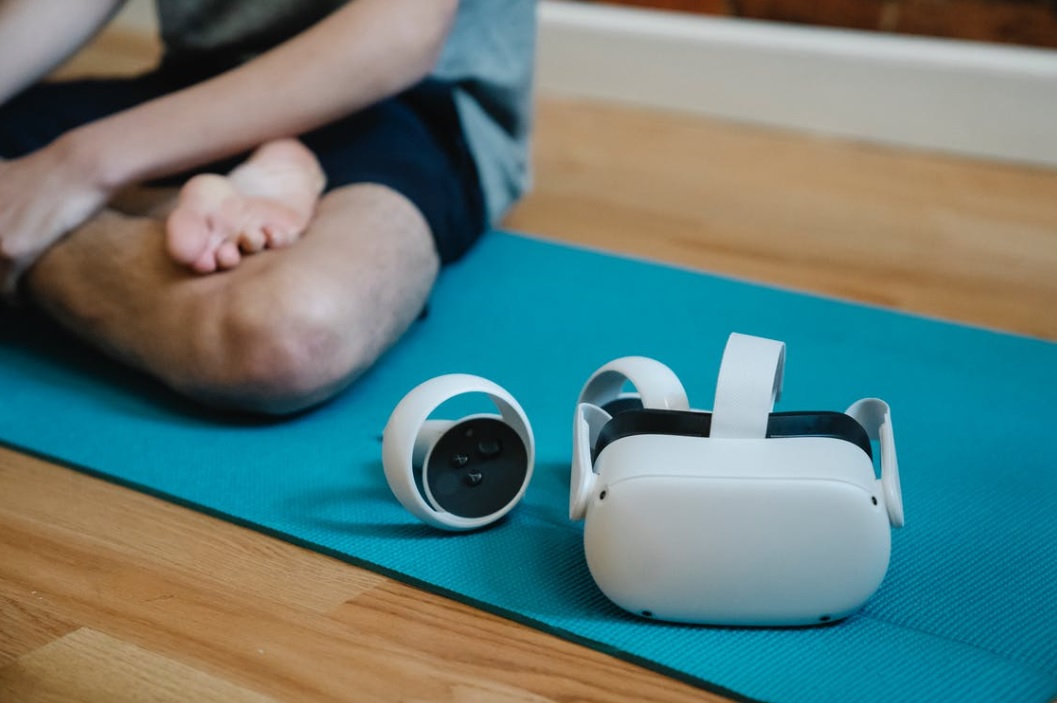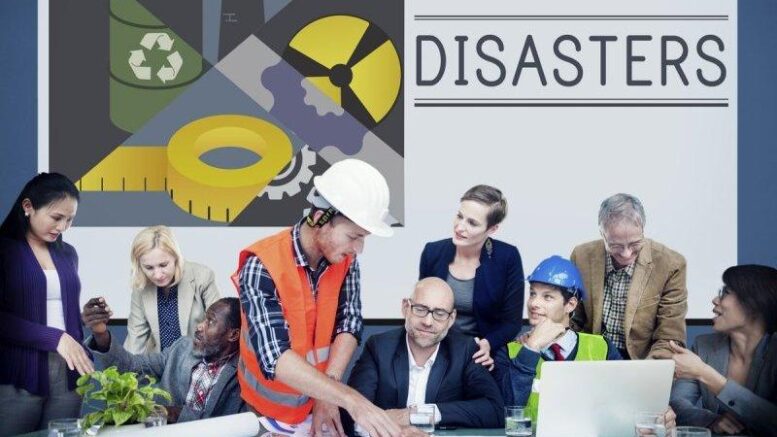As workplaces become more complex, dynamic, and challenging, there is a growing need for innovative health and safety solutions to ensure the well-being of employees. In recent years, there have been numerous advancements in workplace health and safety that have contributed to making workplaces safer and healthier for employees. These innovations range from technological advancements to new approaches to training, and they have been embraced by forward-thinking organizations worldwide. Therefore, here are some of the top workplace health and safety trends and innovations that are shaping the future of work.
Wearable technology
Wearable technology has emerged as a game-changer in the field of workplace health and safety. By providing employees with real-time monitoring of their health and safety, wearable devices such as smartwatches, fitness trackers, and safety vests with sensors have revolutionized the way organizations approach workplace safety. Wearable technology can track vital signs such as heart rate, respiration rate, and body temperature, and alert employees and supervisors in case of an emergency. This can be particularly useful in high-risk industries such as construction, mining, and oil and gas, where safety incidents can have severe consequences. Wearable technology can also be used to monitor the physical activity of employees, helping organizations promote employee health and wellness.
Safety culture
Safety culture refers to the shared values, beliefs, and practices that shape an organization’s approach to workplace safety. A strong safety culture can significantly reduce the risk of safety incidents and improve the overall safety performance of an organization. Organizations are increasingly focusing on creating a safety culture by promoting safety awareness, providing safety training, and encouraging employee participation in safety initiatives. By fostering a safety culture, organizations can create a workplace environment that prioritizes safety and promotes employee well-being. Another way to promote a safety culture is by investing time and money into providing your staff with the finest personal protective equipment. Things like mens hi vis workwear, for instance, will make everyone feel better than ever and help them become safer than ever before, and that might be the most important thing for all modern employees.
Virtual reality training
Virtual reality (VR) technology has become increasingly popular in the field of workplace health and safety. VR training has made it possible for employees to experience hazardous situations in a simulated environment without the risk of injury. This technology enables employees to practice safety procedures, identify hazards, and respond to emergencies in a safe and controlled environment, enhancing their safety knowledge and skills. VR training has been used extensively in industries such as aviation, healthcare, and manufacturing, where safety incidents can have catastrophic consequences. The use of VR technology can also be cost-effective, as it eliminates the need for expensive and time-consuming physical training exercises.

Safety drones
Safety drones have emerged as a critical tool in the field of workplace safety. Drones equipped with cameras and sensors can be used to monitor worksites for safety hazards, such as unstable structures, debris, and gas leaks. Drones can access difficult-to-reach areas, providing real-time monitoring and enabling safety professionals to take preventive measures before an incident occurs. Safety drones have been widely used in industries such as construction, oil and gas, and emergency services. The use of safety drones can significantly reduce the risk of safety incidents, minimize the impact of safety incidents, and improve overall safety performance.
Artificial intelligence
Artificial intelligence (AI) has the potential to transform the field of workplace safety. AI is being used to identify safety hazards in the workplace by analyzing vast amounts of data collected from sensors, cameras, and other devices. AI algorithms can identify patterns that humans may miss, enabling safety professionals to take corrective action before an incident occurs. AI is also being used to predict safety incidents by analyzing historical data and identifying potential risk factors. The use of AI technology can significantly reduce the risk of safety incidents and improve the overall safety performance of organizations.
Ergonomic innovations
Ergonomic innovations are designed to reduce the risk of musculoskeletal disorders (MSDs) caused by repetitive motions, awkward postures, and heavy lifting. Examples of ergonomic innovations include adjustable workstations, ergonomic chairs, and lifting aids. These innovations can significantly reduce the risk of MSDs, which are one of the leading causes of workplace injuries. The use of ergonomic innovations can also improve employee comfort and productivity, leading to a healthier and more productive workplace.
Mental health support
Mental health has become a significant concern in the workplace, and organizations are taking steps to provide mental health support to their employees. These initiatives include employee assistance programs, counseling services, and mental health awareness training. By addressing mental health issues, organizations can reduce absenteeism, improve productivity, and create a healthier workplace culture. The provision of mental health support can also enhance employee engagement and retention, leading to a more committed and productive workforce.
Contact tracing technology
Contact tracing technology has become increasingly important in the wake of the COVID-19 pandemic. Contact tracing apps and devices are being used in workplaces to track the movement of employees and identify potential exposure to the virus. These technologies can also be used to enforce social distancing and other safety protocols. By tracking the movement of employees and identifying potential exposure, contact tracing technology can help organizations contain the spread of the virus and maintain a safe workplace environment.
Occupational health and safety management systems
Occupational health and safety management systems (OHSMS) are a systematic approach to managing workplace health and safety. OHSMS provide a framework for identifying and managing workplace hazards, assessing risk, and implementing control measures. By implementing an OHSMS, organizations can demonstrate their commitment to workplace health and safety and ensure compliance with regulatory requirements. OHSMS can also help organizations to improve their safety performance by identifying areas for improvement and implementing best practices.
Conclusion
Workplace health and safety is an essential aspect of organizational performance, and organizations are continually seeking new ways to improve their safety performance. From wearable technology and virtual reality training to ergonomic innovations and mental health support, there are many trends and innovations emerging in the field of workplace health and safety. By adopting these trends and innovations, organizations can create a safer and healthier workplace environment, reduce the risk of safety incidents, and improve overall organizational performance.
